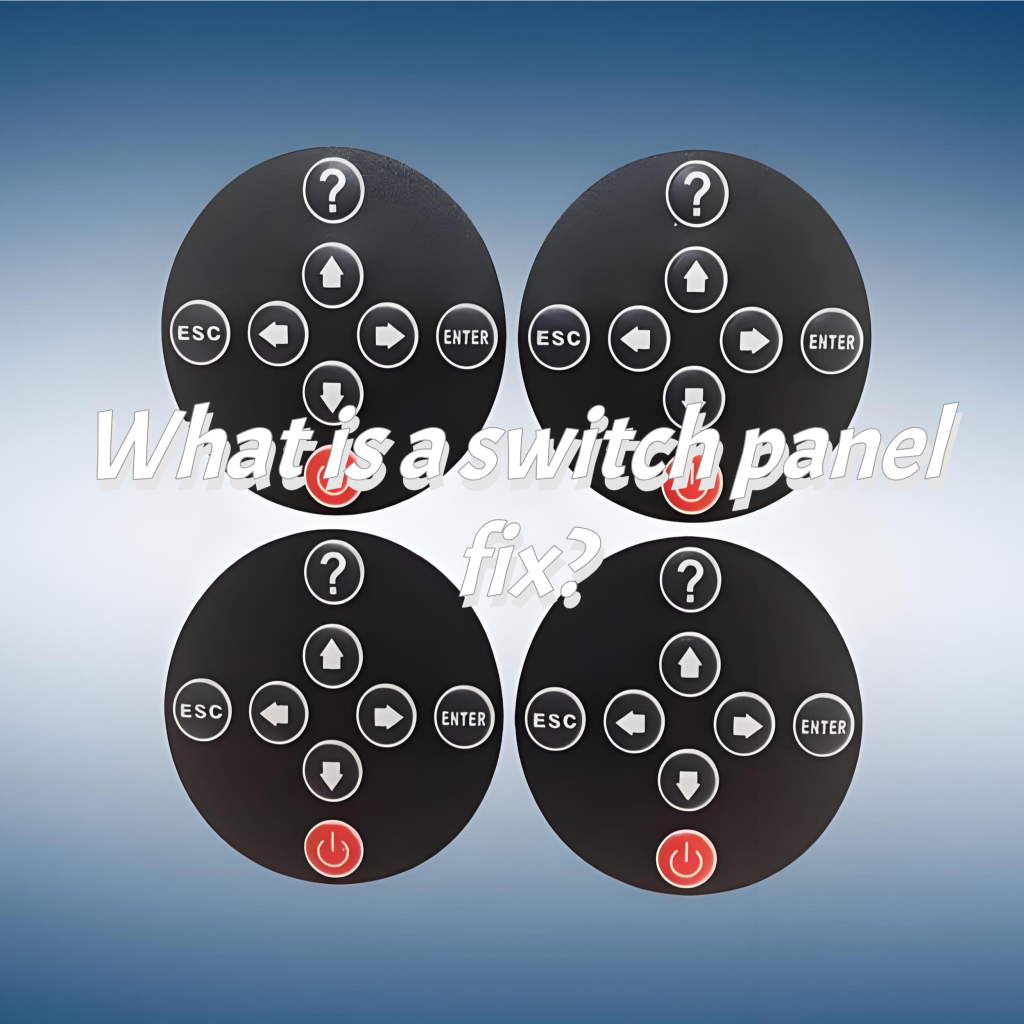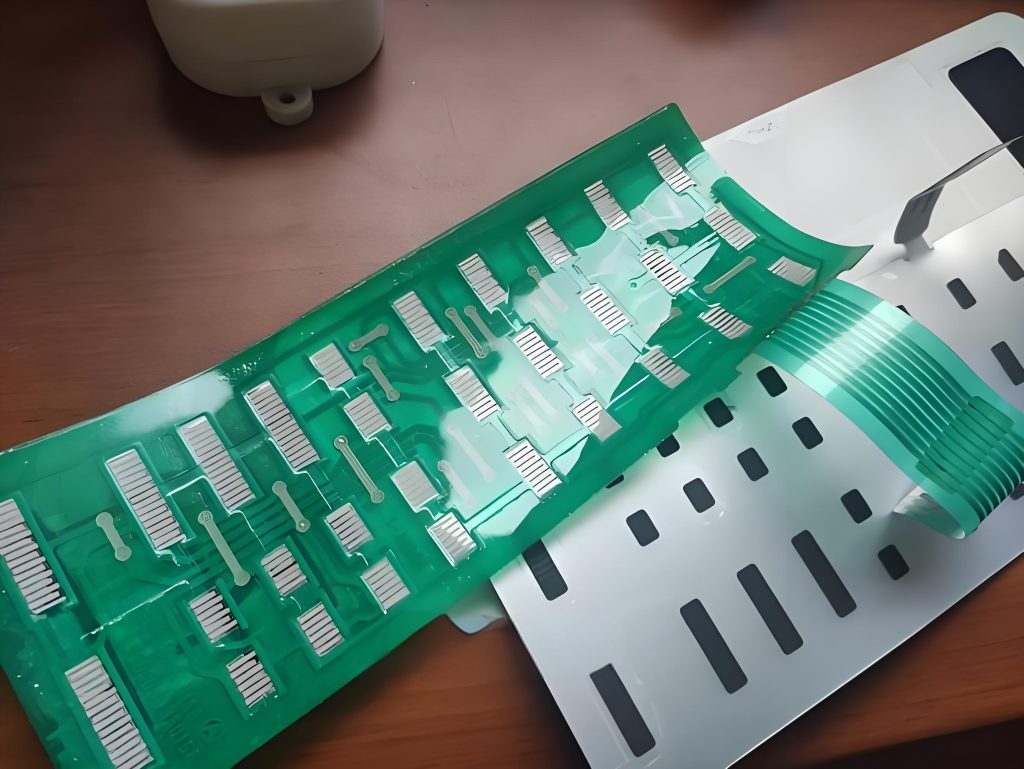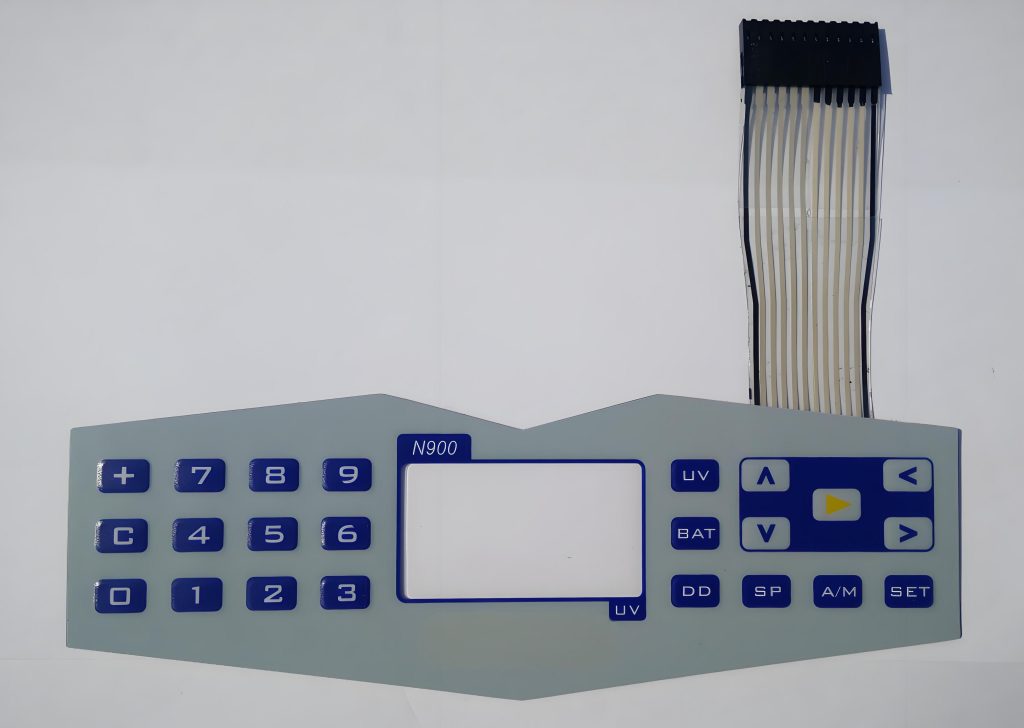
What is a switch panel fix?
What is a switch panel fix?
What is a switch panel fix? Switch panel fix refers to the process of taking corresponding measures for various types of faulty or damaged switch panels to restore their normal functions and appearance. For the repair of membrane switches, different methods need to be adopted according to the specific problems. The surface of the membrane switch needs to be cleaned regularly. For short circuit problems, the short circuit needs to be located, and then the short circuit part needs to be isolated or repaired.

Why is my switch panel not working?
The main reasons for the membrane switch panel not working include the following:
- Key failure: It is manifested as no response or slow response after pressing the key. This may be caused by reduced key elasticity or contact wear.
- Poor contact: The key occasionally works, but most of the time it does not work properly. It may be caused by contact wear, stains or foreign objects entering the membrane switch.
- Leakage: Leakage of membrane switch or FPC printed circuit, usually caused by moisture or water erosion.
- FPC printed circuit disconnection: FPC printed circuit disconnection occurs. This may be caused by improper maintenance.
- Aging: The membrane switch board ages, causing all keys to fail, especially for devices that have been used for a long time.
How do you troubleshoot a switch problem?
Troubleshooting membrane switch problems can be done by following the steps below:
- Appearance inspection: Observe whether the membrane switch surface has scratches, damage, deformation, etc. If there is obvious physical damage, it may affect the normal use of the switch. Also check whether the printed pattern is clear, faded, blurred or missing.
- Key feel inspection: Gently press each key of the membrane switch to feel the elasticity and feedback strength of the key. If the key feels soft, inelastic or the feedback is not obvious, there may be a problem. In addition, check whether the key can rebound normally. After pressing the key, it should be able to quickly return to the initial position.
- Electrical performance inspection: Use a test tool such as a multimeter to check the conductivity of the membrane switch. Set the multimeter to the resistance range and measure the resistance value of each key when it is pressed and not pressed. For membrane switches with indicator lights, you can check whether the indicator lights up normally.
- Connection check: Check whether the connection between the membrane switch and the device is firm. If the connection is loose or the contact is poor, the switch may not work properly. At the same time, check whether the connection line is damaged, short-circuited or open-circuited.
- Functional test: Connect the membrane switch to the device and perform an actual functional test. Operate the various functions of the device to check whether the membrane switch can accurately control the corresponding operation.
How do you fix an unresponsive switch?
There are several ways to fix an unresponsive membrane switch:
- Replace the membrane switch: If the membrane switch is hit by a large external force or fails due to long-term use, it may need to be replaced. You need to open the device first and replace the damaged membrane switch with a membrane switch of the same specification and model.
- Clean the membrane switch: If there is dirt or other substances on the surface of the membrane switch, you can use alcohol or diluted detergent to clean it to restore the usability of the switch.

- Remove static electricity: When the electronic device is in an environment with static interference, the membrane switch may fail. At this time, you need to use anti-static gloves or tools to remove static electricity and restore the normal operation of the membrane switch.
- Calibrate the membrane switch: If the key distance of the membrane switch changes or the metal dome is deformed, the usability of the membrane switch may decrease. The usability and key position of the switch can be adjusted through calibration.
What is the most common problem in electrical switches?
The most common problems with electrical switches include the following:
- Switch failure: Switch failure is a common quality problem, which usually occurs after the switch has been used for a long time. It is manifested as being unable to control the switch of the electrical appliance, or being insensitive to touch, and requiring multiple attempts to control the switch of the electrical appliance.
- Loose switch: The switch will become loose during use, causing inconvenience in use, and even safety hazards in serious cases.
- Excessive sparks: There will be sparks during the use of the electrical switch, but if the sparks are too large, there will be safety hazards and special attention should be paid.
- Load leakage: Load line leakage will cause the circuit to trip to protect personal safety and prevent leakage damage.
What are the common repair methods for membrane switches?
1. Check whether the membrane switch is damaged
Before repairing the membrane switch, you first need to check whether the switch is damaged. Generally speaking, damage to the membrane switch may cause the circuit to be unable to power on, or the switch to fail to switch normally. You can use a multimeter to test the switch to check whether there is a short circuit or open circuit to determine whether the switch is damaged.

2. Clean the membrane switch
If there is dust or dirt on the surface of the membrane switch, the switch may not switch normally. At this time, you can use anhydrous alcohol or cotton swabs to gently wipe the surface of the switch to remove the dirt.
3. Replace the membrane switch
If the membrane switch still does not work properly after inspection and cleaning, you may need to replace it with a new one. You can buy a membrane switch of the same model and install it in the original position. During the installation process, you need to pay attention to maintaining the connectivity of the circuit to ensure that the switch can work properly.
4. Maintain the membrane switch
In order to avoid failure of the membrane switch, we need to maintain it regularly. Specifically, you can clean the surface of the switch regularly to prevent dust and dirt from entering the inside of the switch. In addition, you also need to pay attention to avoid overusing the switch to avoid burning the switch.
The switch panel is one of the indispensable equipment in our daily life. For the repair of the membrane switch, different methods need to be adopted according to the specific problem, such as cleaning and maintenance, replacing parts, repairing the circuit, reprinting, etc. When repairing the switch panel, you need to pay attention to safety first, choose the appropriate repair method, use the correct tools and materials, and pay attention to the test after the repair.

Know the Difference between Tactile and Non-Tactile Membrane Switching
When selecting the appropriate interface for a product, it can be wise to understand the differences between tactile and non-tactile membrane switches so that the engineer and the purchaser make a better decision. They are both very common in medical equipment, domestic appliances, and industrial equipment, though they do not present the same user experience. ...

Step-by-Step Guide to Selecting the Right Membrane Switch for Your Product
It is not easy to choose the appropriate interface for an electronic device with the number of various types of membrane switches. This is a basic, stepwise analysis to help product designers and manufacturers select the optimal choice. Step 1: Determine your Application Requirements Begin by making a list of locations where switches are used, ...

Top Membrane Switches for Home Electronics Projects in 2025
You can elevate your home electronic membrane switch project in 2025 with standout models such as the 4×4 Matrix 12 Keys Keypad from SOUSHINE, the rgb-enabled strip switches from Molex, and custom graphic switches by Panasonic. These switches offer slim profiles and reliable performance, making them easy to integrate into your DIY setup. You gain ...
Contact us online